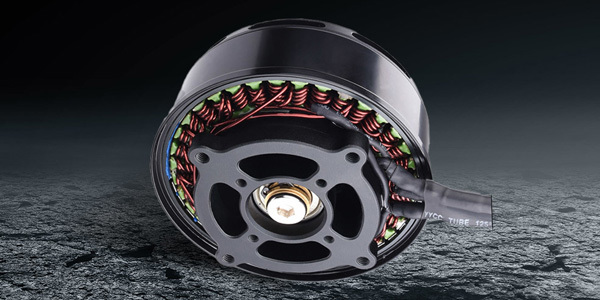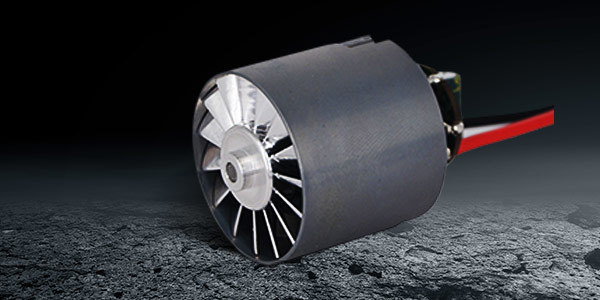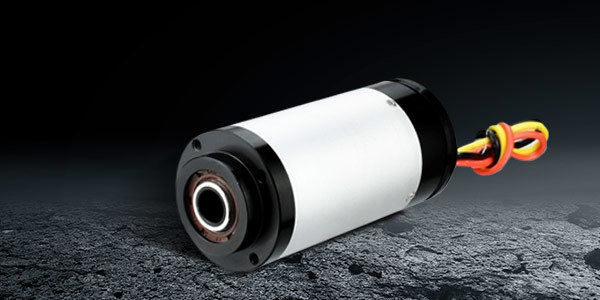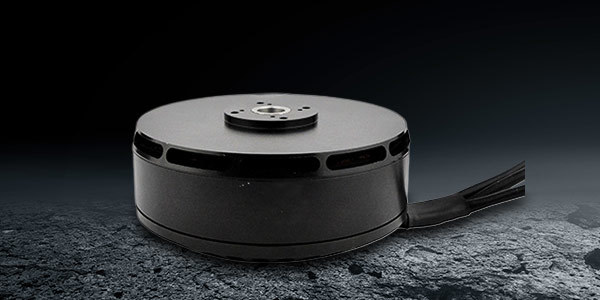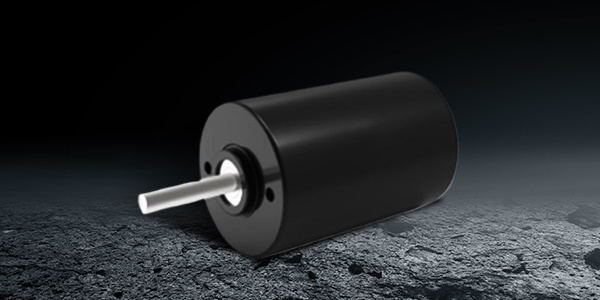Jul 14,2025
Why Fan Brushless DC Motors are the Future of Electric Motors
Why Fan Brushless DC Motors are the Future of Electric Motors Table of Contents Introduction to Brushless DC Motors Advantages of Fan Brushless DC Motors Applications of Brushless DC Motors How Brushless DC Motors Work Comparison with Traditional Electric Motors Future Trends in Electric Motor Technology Environmental Impact of Brushless DC Motors Conclusion Fr
Why Fan Brushless DC Motors are the Future of Electric Motors
Table of Contents
- Introduction to Brushless DC Motors
- Advantages of Fan Brushless DC Motors
- Applications of Brushless DC Motors
- How Brushless DC Motors Work
- Comparison with Traditional Electric Motors
- Future Trends in Electric Motor Technology
- Environmental Impact of Brushless DC Motors
- Conclusion
- Frequently Asked Questions
Introduction to Brushless DC Motors
Brushless DC motors (BLDC) represent a significant leap in electric motor technology, offering improved efficiency and reliability compared to their brushed counterparts. The absence of brushes in these motors reduces friction and wear, leading to longer lifespans and reduced maintenance costs. As industries increasingly prioritize energy efficiency and sustainability, fan brushless DC motors have emerged as a critical component in the future of electric motor designs.
Advantages of Fan Brushless DC Motors
The advantages of fan brushless DC motors are compelling, making them an attractive choice for various applications.
1. Increased Efficiency
Fan brushless DC motors boast operational efficiencies often exceeding 90%. This high efficiency translates directly into lower energy consumption, making them an ideal choice for devices where power usage is a concern.
2. Longer Lifespan
Without brushes to wear down, these motors can run for tens of thousands of hours, dramatically reducing the need for replacements and maintenance.
3. Lower Noise Levels
The design of brushless DC motors minimizes noise generation. This feature is particularly beneficial in applications requiring quiet operation, such as fans in residential or office environments.
4. Compact Design
Fan brushless DC motors can be designed to be smaller and lighter than traditional motors, which is vital in applications where space is at a premium.
5. Greater Control
These motors offer precise speed and torque control, allowing for integration into sophisticated systems that require variable performance.
Applications of Brushless DC Motors
The versatility of fan brushless DC motors enables their use across a wide range of applications.
1. HVAC Systems
In heating, ventilation, and air conditioning (HVAC) systems, fan brushless DC motors are deployed for their efficiency and quiet operation. They ensure optimal airflow while minimizing energy consumption.
2. Automotive Industry
Electric vehicles (EVs) increasingly utilize brushless DC motors for propulsion and auxiliary systems. Their compactness and efficiency are crucial in enhancing EV performance and range.
3. Consumer Electronics
From computer cooling systems to electric toothbrushes, fan brushless DC motors are ubiquitous in consumer electronics, delivering reliable performance with minimal noise.
4. Robotics
In robotics, the precision control offered by brushless motors allows for sophisticated movements and tasks, making them indispensable in modern robotic applications.
5. Industrial Automation
Manufacturing processes benefit from the reliability and efficiency of fan brushless DC motors, which drive conveyors, pumps, and other critical machinery.
How Brushless DC Motors Work
Understanding the inner workings of fan brushless DC motors reveals why they outperform traditional motors.
1. Basic Components
A typical brushless DC motor consists of a rotor, stator, and electronic controller. The rotor contains permanent magnets, while the stator is made up of coils that create rotating magnetic fields.
2. Electronic Commutation
Unlike brushed motors, brushless DC motors use electronic commutation to switch the current in the stator coils. This method enhances efficiency and eliminates the wear associated with mechanical brushes.
3. Feedback Mechanisms
Many fan brushless DC motors incorporate feedback systems to monitor rotor position, allowing for real-time adjustments in speed and torque, ensuring optimal performance.
Comparison with Traditional Electric Motors
When comparing fan brushless DC motors with traditional brushed motors, several key differences emerge.
1. Maintenance Requirements
While traditional motors require regular maintenance to replace worn brushes, fan brushless DC motors are virtually maintenance-free, reducing long-term costs.
2. Power Consumption
Brushless DC motors typically consume less power due to their higher efficiency, making them more suitable for energy-conscious consumers and industries.
3. Performance Longevity
The durability of fan brushless DC motors leads to longer operational life, providing a competitive edge in both commercial and industrial settings.
Future Trends in Electric Motor Technology
As technology progresses, several trends are shaping the future of fan brushless DC motors.
1. Integration with IoT
The integration of brushless DC motors with the Internet of Things (IoT) will enable smart devices that can communicate, allowing for enhanced control and efficiency.
2. Advancements in Materials
New materials, such as lightweight composites and advanced magnets, are being developed to improve motor performance and reduce weight.
3. Sustainability Initiatives
With a global push towards sustainability, the demand for energy-efficient motors like brushless DC will continue to rise, leading to innovations focused on eco-friendly designs.
Environmental Impact of Brushless DC Motors
Fan brushless DC motors play a pivotal role in reducing the environmental footprint of electric motors.
1. Reduced Energy Consumption
By consuming less power, these motors help decrease overall energy demand and lower greenhouse gas emissions associated with electricity generation.
2. Longer Product Lifespan
The extended lifespan of brushless DC motors means fewer materials are needed for replacements, thus contributing to lower waste generation.
3. Recycling Opportunities
The materials used in brushless DC motors can often be recycled, aligning with circular economy principles that aim to minimize resource exploitation.
Conclusion
Fan brushless DC motors represent a significant advancement in electric motor technology, bringing numerous advantages including enhanced efficiency, durability, and reduced noise. As industries continue to prioritize sustainability and energy efficiency, the adoption of these motors will grow. With their vast range of applications and potential for future innovations, fan brushless DC motors are undeniably poised to lead the charge in the evolution of electric motors.
Frequently Asked Questions
1. What is a fan brushless DC motor?
A fan brushless DC motor is an electric motor that operates without brushes, utilizing electronic commutation for efficient performance.
2. What are the main advantages of using brushless DC motors?
The key advantages include increased efficiency, longer lifespan, reduced noise, compact design, and greater control.
3. Where are brushless DC motors commonly used?
They are widely used in HVAC systems, automotive applications, consumer electronics, robotics, and industrial automation.
4. How do brushless DC motors compare to brushed motors?
Brushless motors offer lower maintenance needs, higher efficiency, and longer operational lives compared to traditional brushed motors.
5. What is the future of brushless DC motors?
The future includes advancements in IoT integration, materials technology, and a continued focus on sustainability initiatives, enhancing their role in various industries.
Previous: None
Next: Exploring the Advantages of High Torque Brushless DC Motors in Power Generation Equipment

